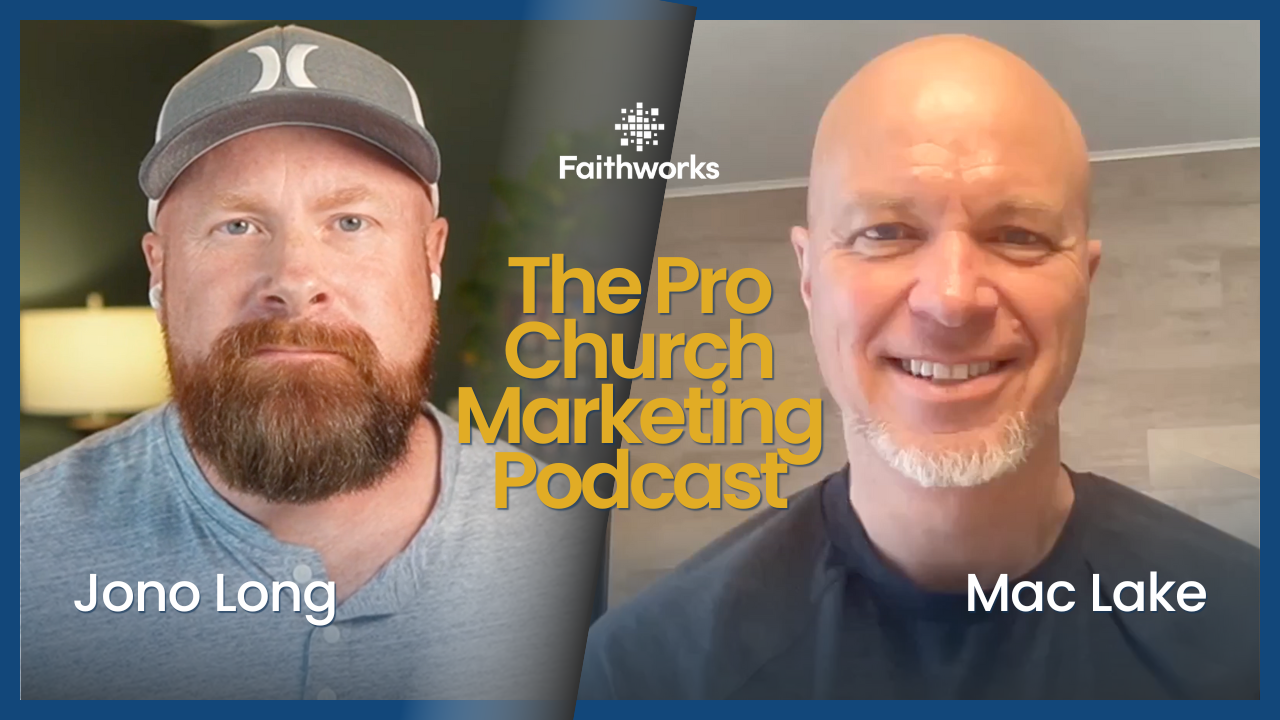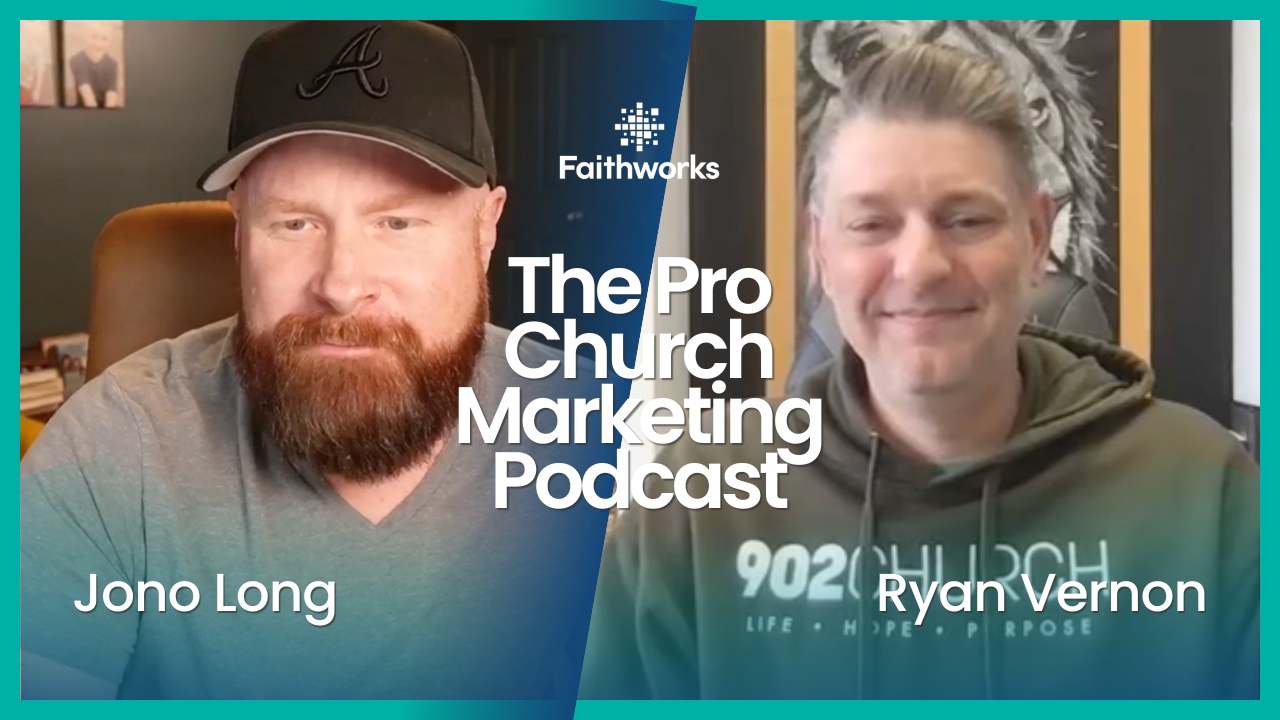Social Media Ideas to Get More People to Your Church
Social media is a powerful tool for churches. It helps you connect with current members and reach new people in your community. With the right strategies, your church can grow and flourish through meaningful online interactions.
In this article, we'll explore creative social media ideas your church can use to attract more people and grow your congregation. By focusing on engaging posts, live streams, event promotions, and user-generated content, your church can create a thriving online presence.
Engaging Content Ideas for Weekly Posts
Keeping your social media profiles active and engaging is key to attracting more people to your church. Here are some content ideas for weekly posts that can help you stay connected with your audience:
1. Inspirational Quotes: Share Bible verses or uplifting quotes to inspire your followers. These posts can encourage people and provide them with spiritual nourishment throughout the week.
2. Behind-the-Scenes Photos: Give your audience a peek behind the curtains with photos of preparations for services, volunteers in action, or staff meetings. This helps personalize your church and make it feel more welcoming.
3. Member Spotlights: Highlight a different church member each week. Share their story, how they found the church, and what they love about being part of the community. This fosters a sense of belonging and shows appreciation for your members.
4. Event Recaps: Post photos or short videos from recent church events. Whether it's a Sunday service, a community outreach event, or a youth group activity, share the joy and impact these events have.
5. Prayer Requests and Praises: Encourage followers to share their prayer requests and praises. This builds a supportive community where people feel heard and cared for.
By varying your content and keeping it relevant, you can engage your audience consistently. These posts not only keep current members informed and inspired, but they also give potential visitors a glimpse into the vibrant life of your church.
Using Live Streams and Videos to Connect
Live streams and videos are powerful tools for reaching people who may not be able to attend church in person. They provide an opportunity to connect with your audience in a more personal and engaging way.
Live Streaming Services: Stream your Sunday services, Bible studies, and special events. This allows homebound members, distant friends, and new visitors to join in your church activities. Promote your live streams on your social media channels ahead of time to let people know when to tune in.
Interactive Q&A Sessions: Host live Q&A sessions with your pastor or church leaders. Encourage followers to submit their questions and address them in real-time. This fosters a sense of community and allows for meaningful conversations.
Testimonial Videos: Share video testimonials from members about their faith journey and experiences with the church. These personal stories can inspire others and strengthen the sense of community within your church.
Behind-the-Scenes Videos: Create short videos that showcase the preparation for services, the work of different ministries, or fun moments from church activities. These videos help to humanize your church and make it approachable.
Devotional Series: Produce a series of short devotional videos that provide spiritual insights and encouragement. Share these regularly to keep your audience engaged and spiritually nourished.
By using live streams and videos, you can extend your church’s reach and create a dynamic and interactive online presence. These visual and interactive elements help to break down barriers and invite more people to experience your church community.
Promoting Church Events and Activities Online
Promoting your church events on social media is a surefire way to boost attendance and awareness. Here are some tips to ensure your events get the attention they deserve:
Create Event Pages: Use Facebook’s event feature to create dedicated event pages. Include all the essential details like date, time, location, and a brief description. Invite your followers to attend and share the event with their friends.
Countdowns and Reminders: Post countdowns leading up to the event. For example, “Only 3 days until our Community Picnic!” These reminders keep the event on people’s minds and build excitement.
Visual Posts: Use eye-catching graphics and photos to promote the event. People are drawn to visually appealing content, so make sure your event posters and flyers are vibrant and clear.
Share Testimonials from Past Events: If your church has hosted similar events, share photos and testimonials from those who attended. Positive feedback can encourage more people to join this time.
Live Updates During the Event: During the event, share live updates and photos on your social media platforms. This keeps those who couldn’t attend in person engaged and feeling part of the experience.
By actively promoting your church events online, you can reach a wider audience and ensure a higher turnout, making your activities more successful and impactful.
Leveraging User-Generated Content to Foster Community
User-generated content (UGC) is an excellent way to foster a sense of community and authenticity on your social media channels. UGC includes any content—like photos, videos, and testimonials—created by your church members.
Photo Challenges: Encourage your members to participate in photo challenges. For example, ask them to share their favorite moments at church using a specific hashtag. This fills your feed with diverse and personal content.
Share Member Testimonials: Feature stories and testimonials from members about their experiences at your church. This can be in the form of quotes, written stories, or video testimonials. It provides authentic content and highlights the positive impact of your church.
Highlight Volunteer Work: Showcase the efforts of your volunteers. Share photos and stories about the various ways they contribute to your church and community. This not only recognizes their hard work but also inspires others to get involved.
Repost Member Content: Keep an eye out for content posted by your members that mentions or tags your church. With permission, repost this content on your own channels. This shows appreciation for your community and provides diverse content.
Run Contests and Giveaways: Organize contests where members can submit content for a chance to win a small prize. This encourages engagement and provides a wealth of new content for your social media.
By leveraging user-generated content, you create a collaborative and inclusive online community. It shows potential visitors the real-life impact and vibrancy of your church from the perspective of those who are already part of it.
Conclusion
Growing your church using social media takes consistent effort and creative strategies. By posting engaging weekly content, using live streams and videos, promoting church events, and leveraging user-generated content, you can connect more deeply with your current members and reach new ones. Each of these methods helps to create a welcoming and active online presence that reflects the best of your church community.
If you’re ready to boost your church’s online impact, contact Faithworks Marketing today. We specialize in
social media management for churches and other marketing strategies. Let’s work together to make your church a vibrant and welcoming community both online and offline.
Latest Posts












